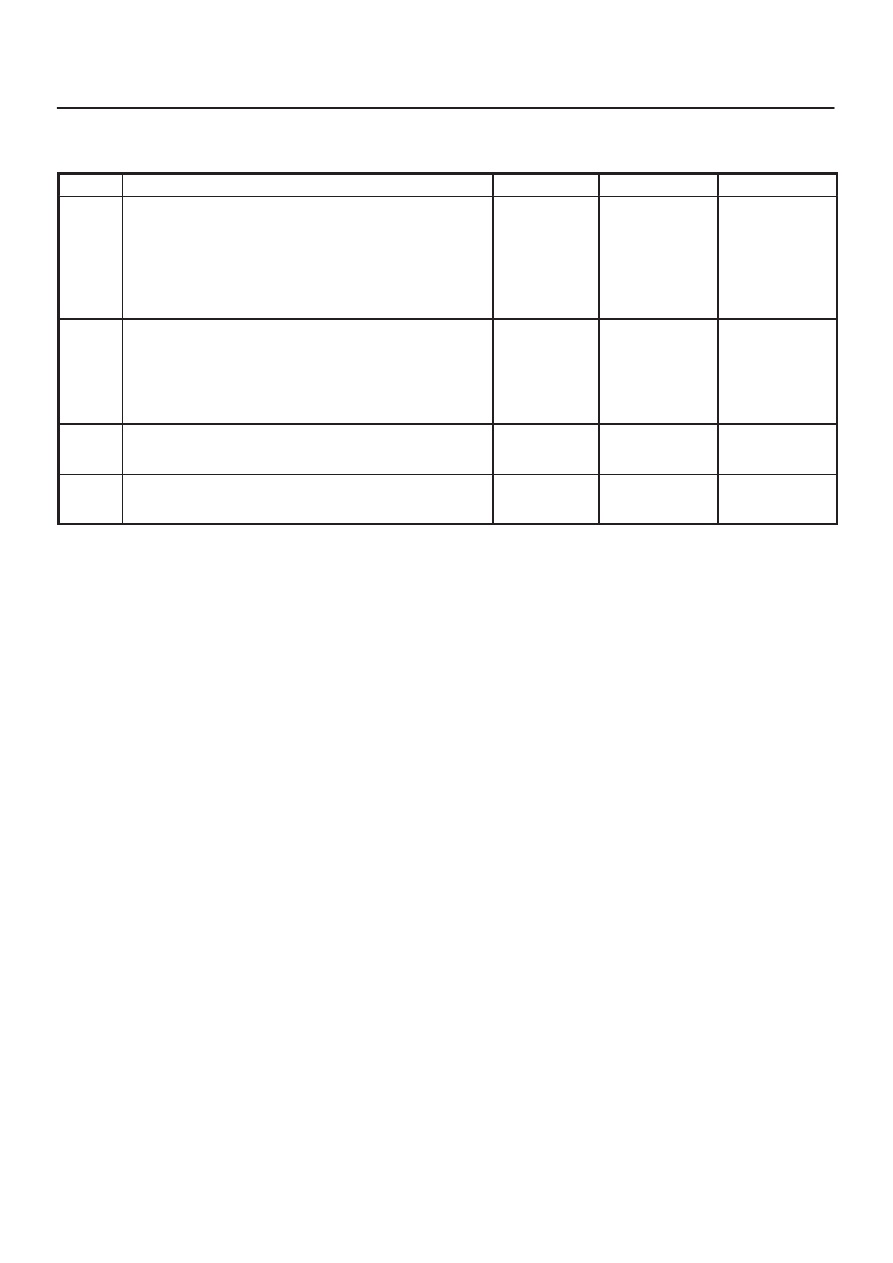Isuzu D-Max / Isuzu Rodeo (TFR/TFS). Manual - part 848

6E–121
3.2L ENGINE DRIVEABILITY AND EMISSIONS
DTC P0134 –HO2S Circuit Insufficient Activity
(Cont'd)
Step
No
Yes
Value(s)
Action
8
1. Ignition “OFF.”
2. With the ECM disconnected, check continuity of the
HO2S low circuit.
3. If the HO2S low circuit measures over 5 ohms,
repair open or poor connection as necessary.
Was a HO2S low circuit problem found and corrected?
—
Verify repair
Go to
Step 9
9
1. Ignition “ON,” engine “OFF.”
2. Disconnect HO2S and jumper the HO2S high and
low circuits (ECM side) to ground.
3. Using a Tech 2, monitor Bank 1 HO2S 1 voltage.
Is HO2S voltage in the specified range?
0-10 mV
Go to
Step 10
Go to
Step 11
10
Replace HO2S.
Is the action complete?
—
Verify repair
—
11
Replace the ECM.
Is the action complete?
—
Verify repair
—